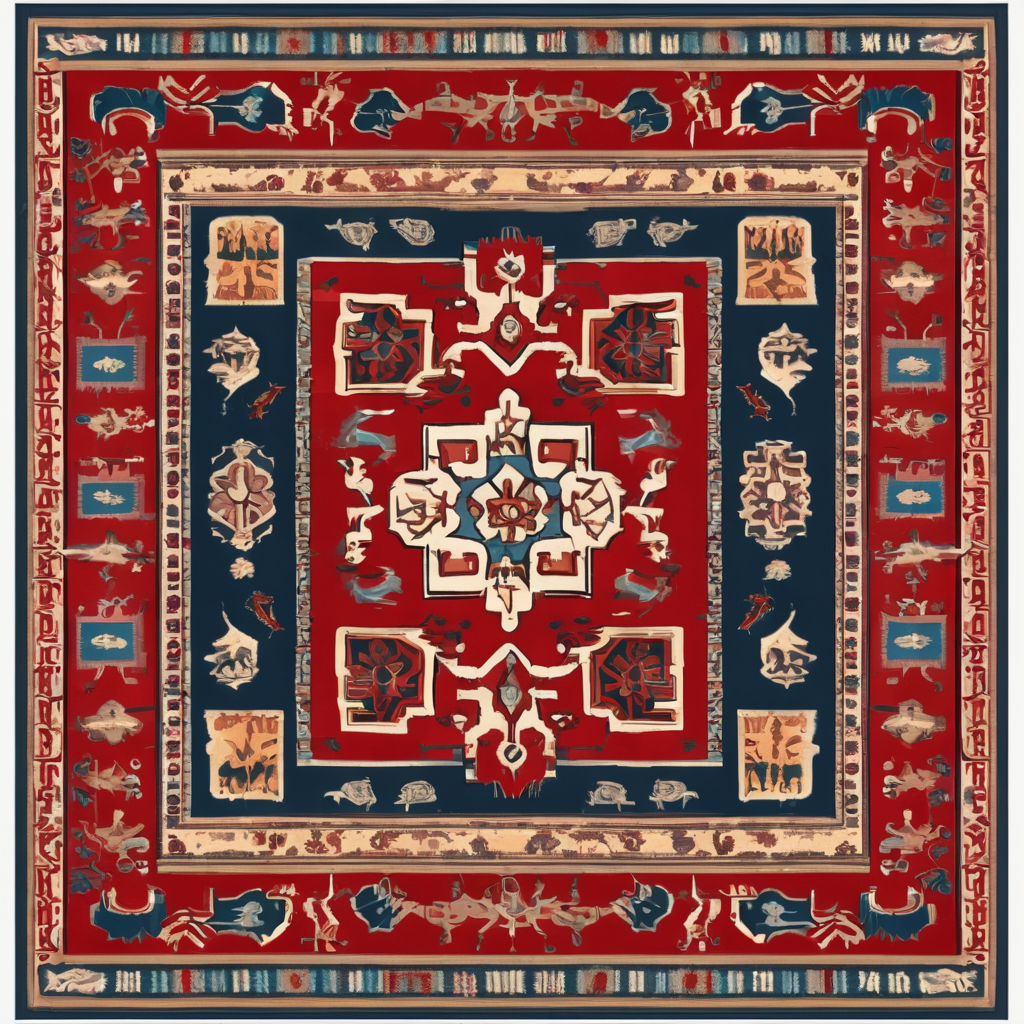Overview of Vintage Decor in Modern Interiors
Vintage decor has long been cherished for its timeless charm and distinctive characteristics. These elements originate from specific periods such as the Victorian era, the 1920s, and mid-century modern design, each boasting unique features like ornate details, bold patterns, or sleek minimalist designs. Integrating vintage decor can bring a sense of history and character to any setting, offering a nostalgic glimpse into the past.
Contrastingly, modern interiors are synonymous with simplicity, functionality, and clean lines. Current design trends emphasize open spaces, neutral colors, and minimalist aesthetics, often incorporating innovative materials and technologies. The challenge lies in tastefully intertwining these two styles to prevent the space from appearing cluttered or disjointed.
Also to read : Crafting the Ultimate UK Teen Bedroom: A Perfect Blend of Trendy Style and Timeless Design
Balancing vintage elements with contemporary styles is crucial for crafting a harmonious ambiance. Combining these styles requires careful selection of decor to ensure they complement rather than compete. Consider contrasting modern light fixtures with antique furniture, or using vintage textiles as subtle accents against sleek, contemporary backgrounds. The key is to maintain a consistent color palette and thematic elements that unify the old with the new.
In essence, drawing design inspiration from both eras allows for a creative fusion, resulting in unique and inviting spaces that reflect personal taste and historical appreciation.
Additional reading : Ultimate Guide to Soundproofing Your Kids” Playroom in a UK Semi-Detached Home
Key Vintage Styles to Consider
When exploring vintage styles for interior design, it’s crucial to understand how different eras complement modern aesthetics. UK flats, with their diverse architectural features, provide a perfect canvas for various styles.
Mid-Century Modern
Mid-century modern style emphasizes simplicity and functionality, making it a seamless fit with modern interiors. Its clean lines and organic forms complement open spaces commonly found in contemporary flats. Iconic pieces like the Eames lounge chair or the Noguchi coffee table can add sophistication and elegance.
Art Deco
Art Deco focuses on opulence and bold geometric patterns. This style brings a touch of glamour and luxury into a space. Integrating Art Deco can be done tastefully by selecting statement pieces such as mirrors with geometric frames or lighting fixtures accentuated with brass.
Rustic Vintage
Rustic vintage appeals with its warmth and charm, offering a stark yet inviting contrast to more sterile modern designs. Elements like distressed wooden furniture or vintage textiles can infuse a homely feel into sleek urban environments. This style works well in UK flats when paired with neutral color palettes and minimalist backdrops.
Understanding these styles allows for a blend of the old with the new, creating interiors that are both stylish and deeply personal.
Practical Tips for Integrating Vintage Decor
Incorporating vintage elements into modern interiors can be a delightful journey of design. To begin, selecting the right vintage pieces is crucial. Look for items that speak to your personal style while serving functional purposes in your home. A vintage armchair, for instance, can blend seamlessly with a contemporary sofa if chosen carefully.
Next, the art of mixing vintage and modern furniture is in creating a cohesive environment. Here, scale and proportion are vital. Large vintage furniture can overwhelm small spaces, so balance it with minimalist contemporary pieces. For example, a bold vintage coffee table can anchor a room, complemented by simple modern chairs.
When it comes to color schemes, choosing a consistent palette can unify different styles. Neutral tones often provide a flexible backdrop against which vintage and modern elements can harmonize. Patterns play a significant role too; juxtapose vintage floral prints with the clean lines of modern designs to create visual intrigue.
Consider these tips to experiment confidently while maintaining a sense of unity in your home. Carefully chosen vintage items not only enhance the overall decor but also add layers of history and personality.
Sourcing Vintage Decor Items
Navigating the world of vintage decor acquisition can be an exhilarating journey. Whether exploring antique charm or retro flair, the UK boasts diverse sourcing options. Here are the best places to scout these treasures:
Antique Shops and Flea Markets
Antique shops offer curated selections, ideal for those seeking specific historical styles. The authenticity and quality found here often surpass mass-produced items. Similarly, flea markets provide eclectic mixes where unexpected gems await discovery. Their dynamic atmosphere encourages adventurous shopping experiences.
Online Marketplaces
In today’s digital age, online marketplaces like eBay and Etsy serve as vast repositories of vintage items. These platforms offer convenience with extensive search filters, but evaluating authenticity becomes crucial. Pay close attention to seller reviews and detailed product descriptions to ensure quality purchases.
Estate Sales and Auctions
Many unique vintage pieces are procured through estate sales and auctions. These venues facilitate access to items with rich histories. Auctions, in particular, may attract competitive bidders, so setting a budget beforehand is advisable.
By leveraging diverse sourcing avenues, one can significantly enrich their decor shopping experience, merging historical allure with personal style.
Challenges of Blending Vintage and Modern
Navigating the nuances of combining vintage aesthetics with contemporary styles poses unique design challenges. A primary concern is achieving a cohesive look while avoiding the risk of mismatched aesthetics. Rest assured, solutions abound for harmoniously blending these distinct decor elements.
To address common pitfalls, consider the following strategies:
-
Restoration Techniques: Investing in the restoration of vintage pieces ensures they align seamlessly with modern elements. For instance, reupholstering a vintage armchair with contemporary fabric can enhance its appeal while maintaining its historical charm.
-
Proportion and Scale: Balancing the size of vintage and modern items prevents one style from overwhelming the other. Pairing a large antique dining table with sleek, minimalist chairs maintains a visual equilibrium.
-
Colour Coordination: Harmonizing colours across eras is crucial. A unified colour palette—such as greys, whites, or muted earth tones—ensures cohesion, allowing vintage centrepieces to stand out purposefully.
Lastly, integrating decor inspiration from professional designers can provide valuable insight. They often leverage unique focal points, like a statement art piece, to tie diverse styles together, thus transforming potential design dilemmas into opportunities for creative expression and personalized interiors.
Inspirational Case Studies
Discovering how vintage decor can enhance modern interiors often requires a bit of real-world inspiration. Case studies and expert insights illuminate successful design integration strategies.
Featured UK Flats with Vintage Appeal
Some UK flats seamlessly blend vintage styles into modern settings. By showcasing strategic uses of vintage decor, these spaces offer practical examples of balancing aesthetic elements. Look for spaces where antique items enhance modern designs without overwhelming them; perhaps a Victorian mirror in a minimalist hallway.
Interviews with Interior Designers
Professional designers often have the best advice for combining vintage aesthetics with modern elements. They utilize various techniques to ensure successful integration, such as focusing on a unified colour palette and selecting statement pieces that bridge both styles. Designers often stress the importance of cohesion, ensuring that vintage and modern elements reflect a consistent theme.
Reader Submissions and Experiences
Real-life experiences from readers provide authentic stories of transforming personal spaces. Many describe how a single vintage item, such as a retro lamp or mid-century chair, became the focal point of their home. These anecdotal insights demonstrate the power of vintage decor to inject personality and uniqueness into contemporary settings, inspiring others to explore similar paths.


